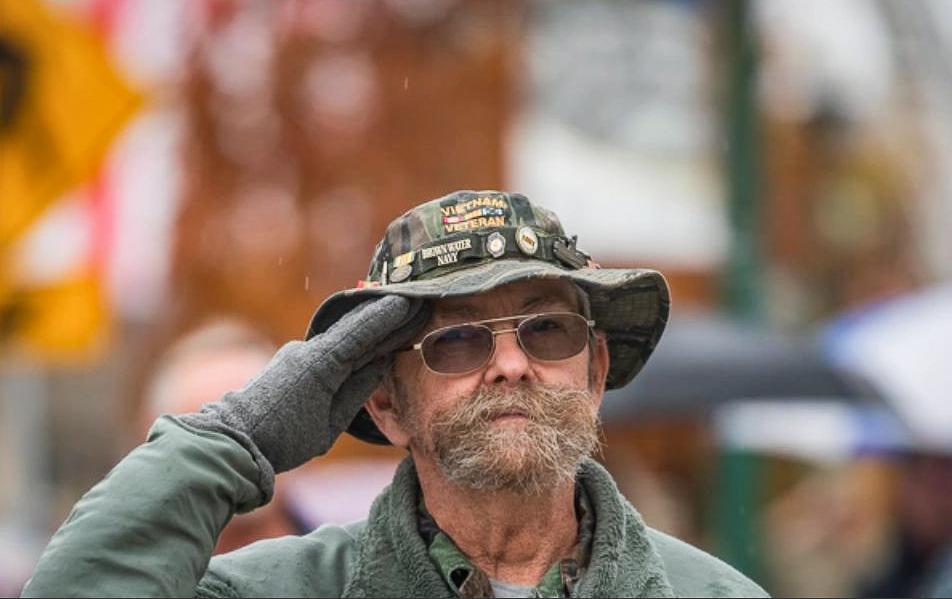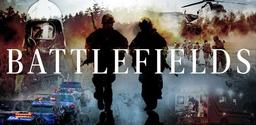Commentary
America’s relationship with its veterans is in crisis. It has been for many years, but it is now acute. The warriors have returned to empty streets. There are no parades, no bugles, no drums, and the disconnect between those who have served and the society they represent has never been larger.



